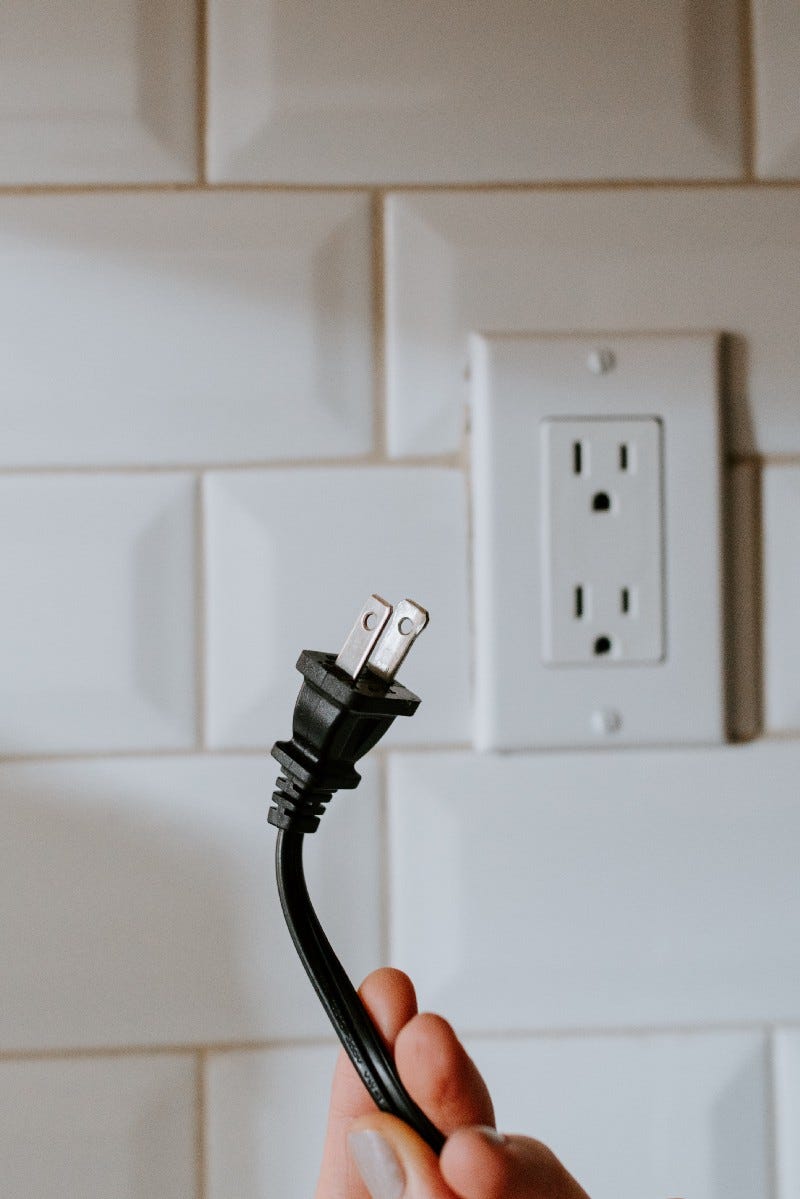
Yesterday, one and a half miles from my home in northern Wisconsin, big winds blew down a tree along the roadside. The tree fell on a power line, knocked it down, and started a fire. The forest is very dry. Being close to town, we were fortunate that the fire department got there immediately and put the fire out. Further out in the woods, the same event could have caused a catastrophic forest fire. Ask the people in California — they know.
Our susceptibility to that fire is climate change in action. It is time to panic.
This panic is a good thing because it will lead us to stop using one-percenters — i.e. actions that have little impact — as solutions. The number one reason we have climate change is that we keep burning fossil fuels, and we just need to stop doing it. You can do this, and so can I.
Step 1: Re-Source Your Electricity
If you want to make a real contribution to climate change in your personal life, obtain your electricity from renewable sources. There are many ways to do this, depending on your situation, and almost all of them save you money. Here are a few.
Build an array on your property
By far, the best way to go renewable is to build your own solar array and connect it to the grid. This approach is more or less feasible depending on the state or country you live in, but if you can do it, it is of tremendous value both to the climate fight and to your finances. In most areas, rooftop arrays are sporting a 3–4 year payback and after that, the energy is free for 30–35 years. The savings in avoided electric costs are enormous and well worth the investment.
Build an array off-grid
Another option is to build your own array off-grid and operate your home on batteries charged by your solar system. Although this is an even better way to operate, the financial returns are harder to achieve because of the investment in an adequately sized battery.
If you cannot build your own
Most states have subscription programs called solar gardens or wind farms to which you can subscribe. These programs financially support the solar arrays built in fields that are connected to the grid, and which are gradually replacing fossil fuels sources of electricity — or at least preventing new plants from being built. If for any reason, you cannot build a solar array on your own building, or if your rooftop array will only cover a portion of your energy, solar or wind garden subscriptions can get you the rest of the way to replacing fossil fuel sources.
So, step number one is to get onto a renewable plan. There is no reason not to do it.
Step 2: Electrify
Step number 2 is to electrify your life — new electric appliances (dryer, water heater, and stovetop), electric heat pumps to replace furnace and air conditioner, and electric vehicles. In all these cases, the new products are better, more efficient, and less costly both to purchase and to operate. The cost savings multiply when they are powered with lower-cost renewable energy, and if you can achieve 100% renewable energy for these systems, you can completely eliminate carbon production in your home.
Step 3: Tell people about it!
As you undertake this project and see the advantages and benefits, tell everyone about it! I am still shocked that people believe solar installations, for example, have a 20–25 year payback period. They do not. As the VP of sales for a solar company a few years ago, we regularly sold systems with 4–5 year payback, and when local communities added incentives, we sometimes go that payback number to 3 years. People who put these systems in will be surprised at how good they can be.
The same is true for the installation of electric appliances and EVs. Cutting costs and greenhouse gases at the same tie is a story nearly everyone can get behind. But you need to tell it! Share the knowledge, and the more you do, the more difference it will make.
Conclusion
Global culture is engaged in a widening circle of concern, panic, and doom as the climate crisis unfolds. Concern and panic are helpful and needed, doom not so much. We must take action, but so often, the recommended actions don’t make any sense or they are for other people to do. We need to take action in our lives and stand as beacons to others. They need to know that everyone can eliminate carbon, save money, and live better all at the same time. I’m doing it. Will you?



